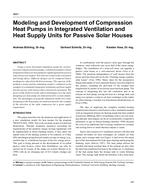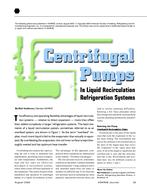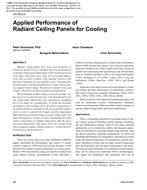As concerns about the global warming potential (GWP) of common fluorocarbon refrigerants have mounted in recent years, many low-GWP refrigerants have garnered increasing attention. Consequently, industry is seeking alternative refrigerants which have low flammability as well as low GWP, combined with good thermodynamic efficiency. Prime alternatives include HFC-32, HFO-1234yf, and HFO-1234ze; these are being considered for applications such as residential air conditioning and small commercial refrigeration.
According to ASHRAE standard 34-2010, HFC-32, HFO-1234yf, and HFO-1234ze are considered flammability class 2L refrigerants, meaning that they are mildly flammable due to their low flame velocities. They may therefore present manageable risk if handled properly. With this new 2L classification becoming accepted globally, the use of refrigerants like HFC-32 or HFO-1234yf in residential and commercial direct expansion (DX) air conditioners is becoming more viable.
In order to help the HVAC industry evaluate the viability of using class 2L refrigerants in stationary HVAC and refrigeration systems, a comprehensive risk assessment is necessary. The input values to these risk assessments must be obtained through a rigorous scientific evaluation, consisting of testing and simulations, as well as data gathering from industry sources. The results of this risk assessment, combined with information about costs and performance of the systems, will form the basis for decisions regarding the market introduction of systems which use 2L refrigerants. The work described in this report can provide some of the data necessary for this risk assessment.
Product Details
- Published:
- 2012
- Number of Pages:
- 74
- File Size:
- 1 file , 2.6 MB
- Product Code(s):
- D-RP-1580
- Note:
- This product is unavailable in Russia, Belarus


